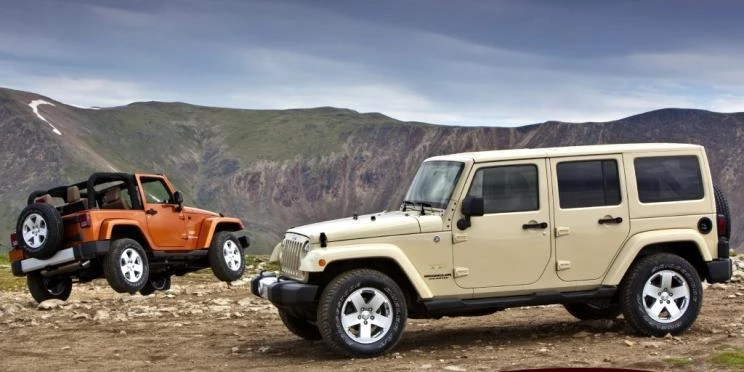Many people know the meaning of Willis MB to Jeep in 1943. In terms of temperament, the Wrangler is undoubtedly the closest one to the Willis MB in the existing Jeep family. The main difference is that Willis MB has been on the battlefield, a hero of World War II that changed human history; and the Wrangler is a representative of modern hardcore SUVs. It is an adventurer and a lonely time traveler. Today, the dream car of myriad SUV fans is welcoming the fourth generation products. Do you know about its story?
The first generation Wrangler was born in 1986, but its story dates back to the 1940s, because its “predecessor” model is the famous CJ series. In the history of Jeep development, the meaning of the CJ series is extraordinary, and its appearance means the birth of the mass-produced civilian Jeep.

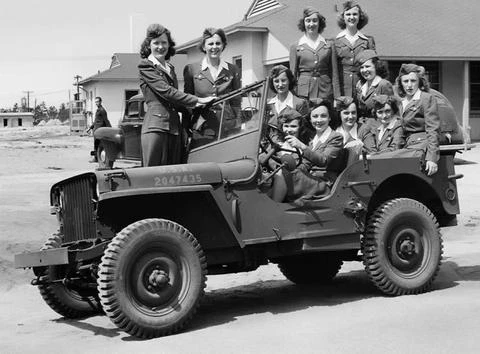
When it comes to World War II, in addition to rifles and tanks, Americans can’t help but remember a mechanical hero, Willis MB. With the end of the war smoke, this World War II hero who stepped off the battlefield had to adapt to the new “life.” The US government also encouraged Willis to develop into a civilian car company. The Ministry of Agriculture even came up with Willis for the civilian use of thousands kinds of jeep cars, such as forestry, mines, farms…

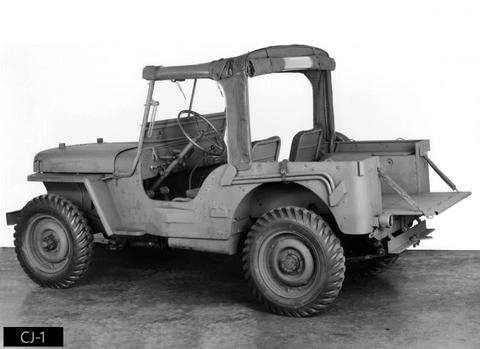
CJ is an abbreviation for Civilian Jeep. The CJ-1 jeep was born in May 1944 and is also known as Agrijeep (agricultural jeep). Of course, the CJ-2 is also an Agrijeep. Due to the small amount of production, it is reported that no CJ-1 can survive to this day and only 8 vehicles of the CJ-2 have survived to this day.

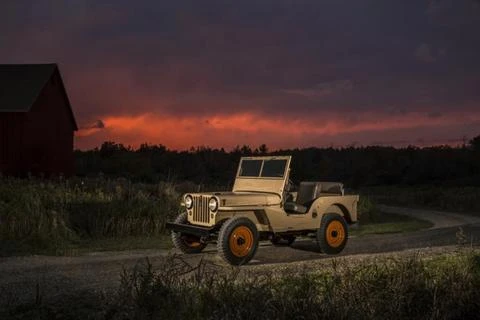
In 1945, JEEP finally ushered in the first truly mass-produced civilian jeep after the war. The name of the car was called CJ-2A. The CJ-2A has a very distinctive “Jeep” model style, and the famous column hole grille also became the Jeep Identification at that time. According to statistics, between 1945 and 1949, CJ-2A produced a total of 214,202 vehicles. Its popularity was crucial to the post-war Willis (not yet registered for the Jeep trademark). The popularity of the CJ-2A is inseparable from the soldier’s affection for the jeep.


After the Second World War, in addition to celebrating the victory, the soldiers did not forget their “old comrades”. Especially in the returning US military cargo ships, the cargo hold was filled with military jeep that the soldiers bought as souvenirs. At the beginning of 1946, 20,000 veterans competing to purchase the 100 remaining jeeps of the army after World War II. For the people at the time, it was not just a commodity, but a continuation of sentiment.


In the decades that followed, the CJ series evolved. Although JEEP changed hands for several times during that period, it has always been an indispensable member of the family.

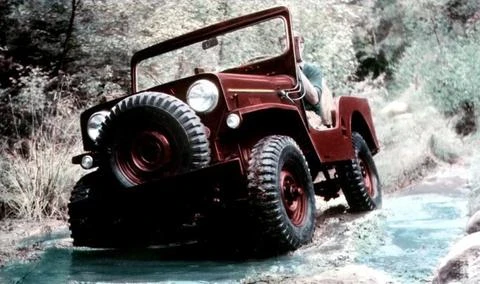
In 1953, the CJ-3B, known as the omnipotent, was launched, and it was equipped with one of the most efficient engines in the world at that time. In 1953 and 1954, Willis produced more than 30,000 CJ-3Bs per year.
In the early 1950s, the successful transformation of Willis then made a landmark event, that is, the registration of the “Jeep” trademark. Since then, the name “Jeep” only belongs to Willis. In addition, Kaiser Motors acquired Willys-Overland for $60 million in 1953. The new company was officially named Willys-Motors and launched an in-depth R&D program to lay the foundation for Jeep’s rich product line.

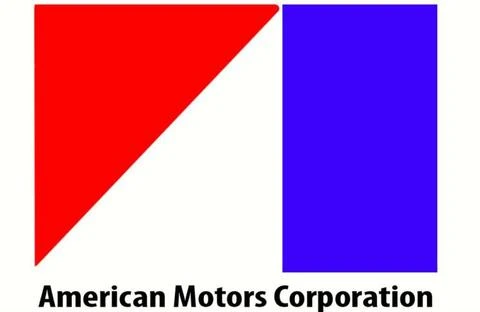
1970 was a turning point for the JEEP brand. The American Automobile Company (AMC) acquired Kaiser jeep this year and jeep was divided into independent companies.


The legendary CJ-7 was born in 1976, which is the first time jeep has changed its style in the past 20 years. The design style of CJ-7’s outstanding personality has been loved by a large number of Jeep fans.

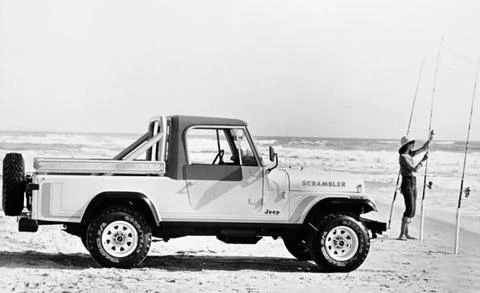
In the mid-1980s, sales of the CJ series were on the decline, and American auto companies were powerless at this time. The emergence of the CJ-7 successor, the Wrangler, was closer to Chrysler’s acquisition of the American auto company (August 5, 1987). It should be noted that the CJ-7 and CJ-8 (launched in 1981) are sold together for a long time. In fact, the functions of the two models are different. The CJ-7 belongs to the traditional style off-road Jeep, while the CJ-8 is like a small Pickup. Therefore, the Wrangler really inherits the CJ-7.
From Willis MB to the CJ series, the Wrangler took over the legendary flag in 1986. Although the Jeep brand has established a standard for hard-core off-road in the past 70 years, there is only one true traditional representative, the Wrangler. The Wrangler’s first public appearance was at the 1986 Chicago Auto Show, codenamed YJ.

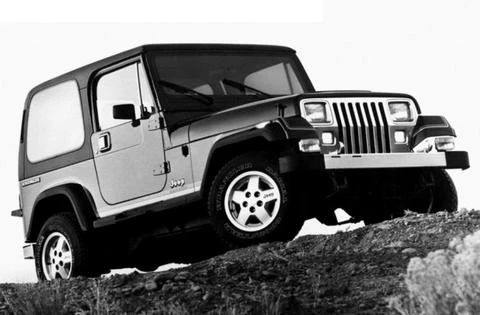

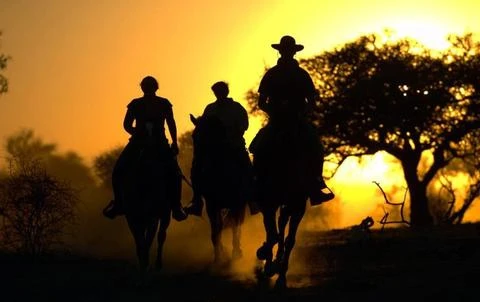
The name of the Wrangler originated from its English name Wrangle, which refers to the Wrangler in the western United States, commonly known as the “cowboy.” The Western Cowboys are a group of passionate pioneers. In the history of the United States, they are pioneers in the development of the West, adventurous and hard-working spirit, so they are called “heroes on horseback” by Americans.
In general, the positioning of the car name and the model is very high fit, and it is also in line with the brand spirit of Jeep orthodox, passionate and pioneering. To this day, the rough character of the Wrangler still leaves the imitator far behind, and the Unparalleled content not a rough shape imitation can give. Although the heyday of the cowboy is gone forever, and it can evoke the resonance of the Blazers, encouraging people go forward.


Everything looked perfect, but the Wrangler was spat by Jeep fans at the beginning of the launch.


Although the Wrangler is a successor to the CJ-7, Jeep has always emphasized that the product philosophy behind the two cars is completely different. They have adjusted the design, the chassis and the controls. But didn’t think that they were fooled by their wisdom and the Jeep fans were not happy.


The YJ car system unexpectedly gave up the traditional round headlights and changed into square lights. Later proved that this decision was wrong.


The Wrangler’s square lamp was not a hot-headed, but drew on the design of the second generation Cherokee (XJ).


The early Wrangler continued to use an independent body and frame, and the wheelbase was the same as the CJ-7. The difference between the two models is that the Wrangler has a lower center of gravity, better handling and higher comfort. For Jeep fans, this change is disappointing. It lost Jeep’s original off-road pedigree, so the Wrangler was initially considered by the fans to be not the real Jeep.
Large front bumper, trapezoidal wheel eyebrows, detachable door, front windshield that can be put down, exposed hinges… In fact, no matter how the era changes, from Willis MB, CJ-7 to Wrangler, these classic design elements are preserved to the greatest extent in every generation of Wrangler. It is necessary to conform to the needs of the times and also don’t forget the inheritance. This is the charm of the Wrangler.

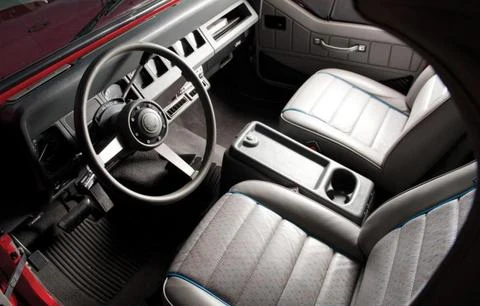
The interior of the Wrangler of that era was quite a style of Willys MB, with no extra design and configuration.

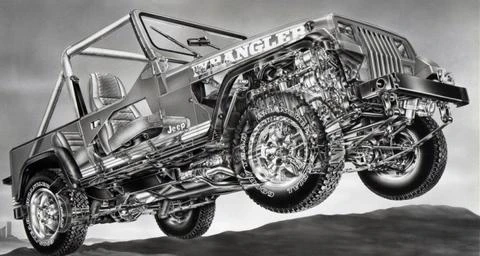
In the 1990s, the subsequent versions of the early generations of Wranglers were joined the anti-lock braking system and the mid-range high-position brake lights. The automatic transmission also appears as an option.
According to the survey, Wrangler customers have a “strange” mentality, they hope that the Wrangler is like a wild horse, without the need for gorgeous decoration, luxurious electronic equipment. It can even be rougher, in order to show Jeep’s original wild temperament. It seems that this “alternative” demand makes the Wrangler a unique presence in the hard-core SUV.


As a hard-core off-road vehicle, the Wrangler YJ adopted the most traditional and sturdy structure of the integral bridge plus non-loaded body, which can withstand the impact of long-term bad roads. Although it uses the leaf spring as a shock absorbing element like the CJ-7, its spring is wider. In addition, it used anti-roll bars for added safety, all of which are expected to make it no easy to roll over, even if drivers are not trained. As for the four-wheel drive system, there is no need to mention it. How can it be less in the Wrangler?

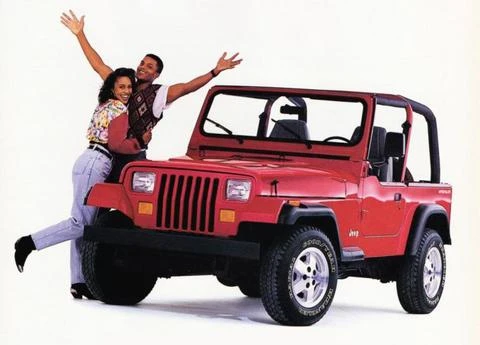
From 1986 to 1995, the first generation of Wranglers sold a total of 632,231 vehicles. The market response proved that people accepted its changes.


During the production period, Wrangler YJ launched Sahara (saharan version), Islander, Renegade and other versions to meet the individual needs of consumers.
The Wrangler was not considered to be the real Jeep at the beginning, but gradually, it stood out and proved that its ability and personalized design are in line with market demand. Its Supporting services and modifiability are very good, with a dedicated parts market. In 10 years, Jeep produced a total of 632,231 Wrangler YJs. All in all, the Wrangler’s comfort and handling have be improved, while the off-road vehicle’s temperament has not decreased, which may be the reason for its success.

